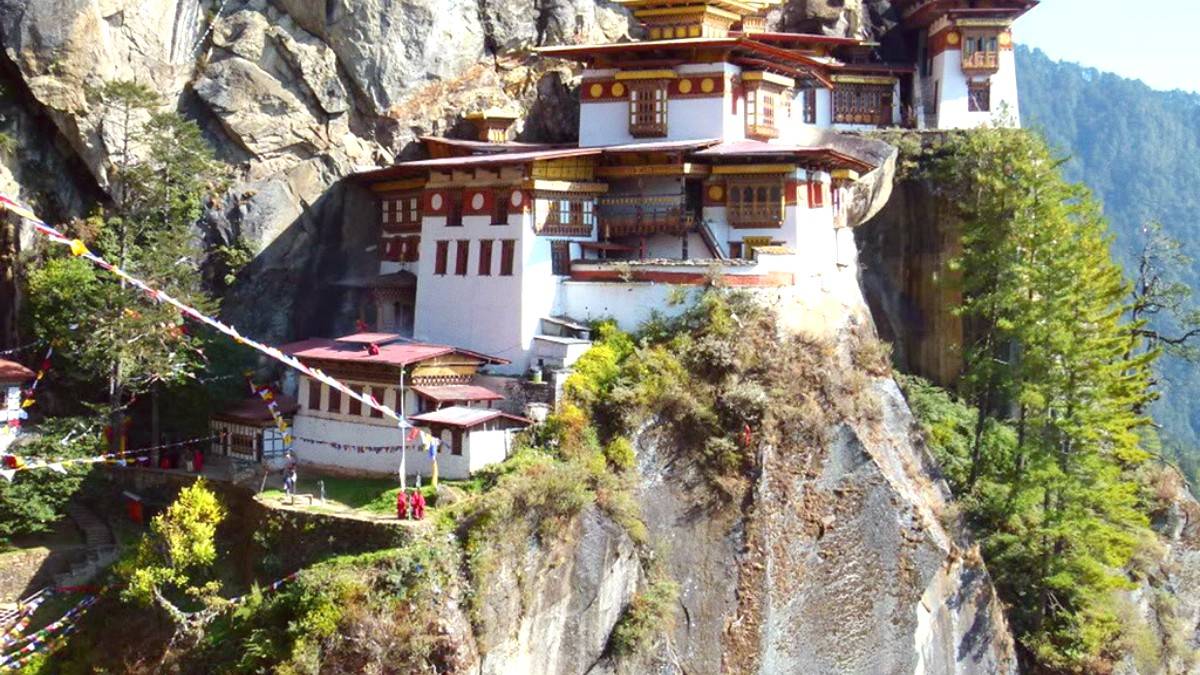
Northeast States, India
Nagaland is a trekker's paradise, presenting trails for various fitness levels. Water sports are very limited, as the state is landlocked.
Difficulty: Moderate. Two main routes (Jakhama and Viswema). A reasonable fitness level is needed. Duration: Day hike possible, overnight stay suggested for full experience.
Difficulty: Challenging. A steep climb that calls for good fitness and stamina. Duration: Typically 1-2 days, often with an overnight camp.
Difficulty: Very Challenging. The highest peak, a demanding expedition. High fitness levels, experienced guides, and special permits needed. Duration: Multi-day expedition (3-5 days).
Wildlife sightings of larger animals like tigers or leopards are rare and call for patience, luck, and local guidance. Safaris, as organized in traditional African or Indian national parks (e.g., jeep safaris), are not conducted here. Rock climbing is very limited and mostly informal.
Nagaland's rich tribal heritage presents many avenues for deep cultural immersion.
Many villages, specifically Khonoma and Touphema, have actively embraced community-based tourism. This model lets visitors stay in homestays, learn about local life, and directly contribute to the economy.
Formal language learning opportunities for Naga languages are limited. Learning a few basic phrases in Nagamese or English will suffice for most interactions.
Homestays present excellent informal language exchange opportunities with your hosts.
December 1-10, Kisama Heritage Village. The largest and most famous festival, uniting all Naga tribes. A must-attend for cultural enthusiasts.
February. A festival of purification and sanctification, celebrated by the Angami Naga tribe.
May. A post-sowing festival celebrated by the Ao Naga tribe, marking prayers for a good harvest.
Nagaland's serene environment presents opportunities for relaxation, though formal wellness facilities are limited.
No established yoga or meditation retreats specifically operate in Nagaland. Travelers interested in such retreats find more options in other parts of India, especially in the Himalayas or South India.
The peaceful, natural environment still gives ample space for personal relaxation and meditation.
Ideal for those seeking a tranquil escape and a connection with nature.
Limited. Some cafes or restaurants in Kohima and Dimapur occasionally host local bands or open mic nights. These are usually informal events.
No formal theater scene. Traditional performances appear mainly during cultural festivals, especially Hornbill Festival.
No major nightclubs. Pubs or bars might operate in Dimapur and Kohima, but nightlife is generally subdued.
Nagaland presents unique shopping opportunities, mainly focusing on traditional handicrafts and local produce.
Distinctive handwoven shawls with unique patterns and colors for each tribe. Look for authentic hand-loomed ones.
Baskets, mugs, traditional headgear, and decorative items from bamboo and cane are popular.
Pickles, sauces, and candies from Bhut Jolokia (Naga King Chili) for a fiery culinary souvenir. Pure, organic local honey also a choice.
Beautifully crafted beaded necklaces, earrings, and bracelets reflecting tribal designs.
Miniature log drums, human figurines, and other intricate carvings unique to Naga artistry.
Luxury and boutique shopping options are very limited. Nagaland is not a luxury shopping destination. Focus remains on traditional crafts.
Familiarize yourself with your home country's import regulations regarding cultural artifacts, food items, and animal products. Some items might face restrictions or duties upon re-entry.